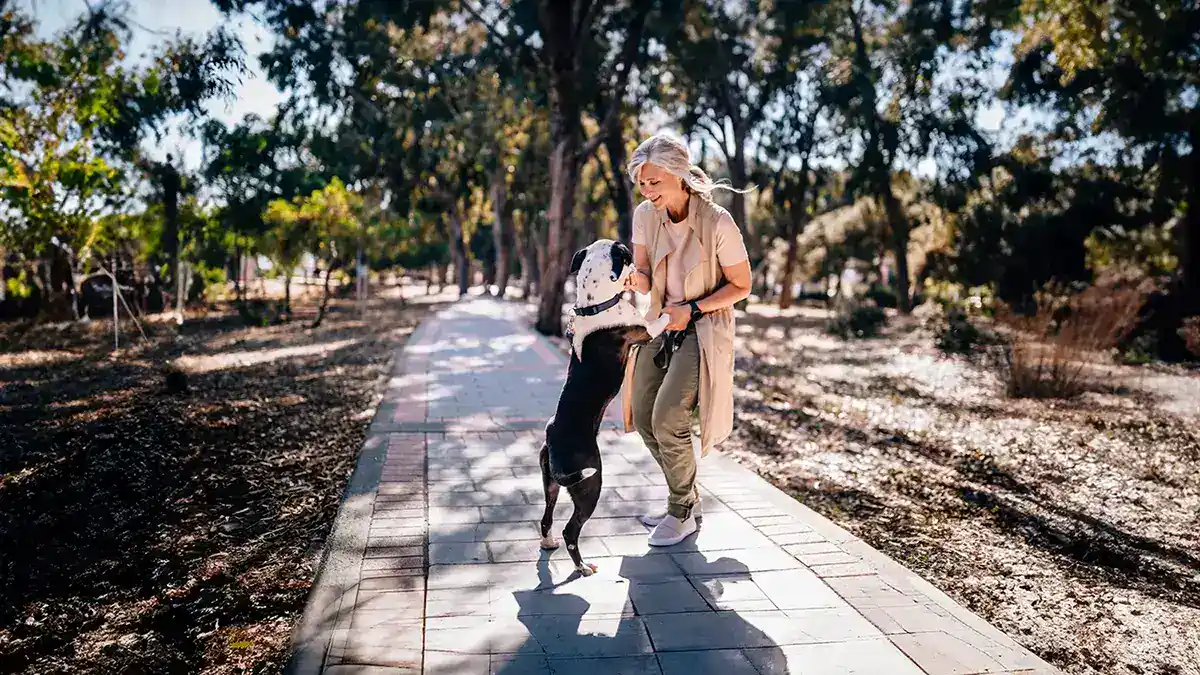We at Gondola Medical Technologies have observed that dual-tasking is a real challenge for many patients with neurological disorders such as Parkinson's disease. The ability to walk while talking or thinking about a complex problem is often taken for granted. It usually does not require much cognitive effort. However, walking is not that simple, as it relies on efficient coordination of multiple muscles and continuous posture adjustments. Most people will perceive it as almost automatic because it is largely managed by a set of deep brain nuclei in our subconscious called the basal ganglia.
Pathological conditions such as Parkinson's, stroke and other neurological disorders are known to interfere with the normal functioning of the basal ganglia, turning walking and many other automatic actions of daily life into a real challenge for the brain. When the basal ganglia fail to coordinate complex sets of actions, other areas of the brain must take responsibility for this task for which, however, they are not optimally structured (Wu T, 2015). Cortical areas, designed physiologically and anatomically to perform higher cognitive tasks, are often forced to become responsible for most automatic behaviors, such as walking, as the glycemic nuclei deteriorate. This results in the appearance of the early gait abnormalities that we observe in most Parkinson's and other neurological patients. As cortical areas take control of walking, this process becomes less automatic for patients, whose brains need to think about planning, execution, and completion of each step.
Asking a patient with Parkinson's disease to engage in a discussion of a complex topic while walking can generate controversy because of the limited amount of cognitive resources available in the brain (Friedman A, 1982). The inability to handle two or more tasks simultaneously is common in neurological patients suffering from basal ganglia degeneration. It often results in exacerbation of gait abnormalities, balance disturbances, and falls.
Innovative, non-invasive approaches such as Automated Mechanical Peripheral Stimulation (AMPS) delivered with the Gondola Medical Device have recently attracted the attention of patients and physicians for their beneficial effects on a range of gait and posture disorders (Kleiner AFR, 2018). Gondola Medical Technologies enables patients to improve their ability to dual-task through AMPS Therapy and regain independence in their everyday lives. A clinical trial of Gondola AMPS Therapy in combination with standard surgical (DBS) and pharmacological interventions is currently underway at the University Hospital of Cologne, Germany.
This study represents a promising treatment option for Parkinson's patients to improve motor function and gait when standard approaches have failed to improve these symptoms.
Wu T, Hallett M, Chan P. Motor automaticity in Parkinson's disease. Neurobiol Dis. 2015 Oct;82:226-234. doi: 10.1016/j.nbd.2015.06.014. Epub 2015 Jun 21. PMID: 26102020; PMCID: PMC5565272.
Friedman A, Polson MC, Dafoe CG, Gaskill SJ. Dividing attention within and between hemispheres: testing a multiple resources approach to limited-capacity information processing. J Exp Psychol Hum Percept Perform. 1982 Oct;8(5):625-50. doi: 10.1037//0096-1523.8.5.625. PMID: 6218226.
Kleiner AFR, Souza Pagnussat A, Pinto C, Redivo Marchese R, Salazar AP, Galli M. Automated Mechanical Peripheral Stimulation Effects on Gait Variability in Individuals With Parkinson Disease and Freezing of Gait: A Double-Blind, Randomized Controlled Trial. Arch Phys Med Rehabil. 2018 Dec;99(12):2420-2429. doi: 10.1016/j.apmr.2018.05.009. Epub 2018 Jun 11. PMID: 29902470.




